
There is an ability to roar. But a lion forced to live a goat’s life cannot roar without discovery, determination, and a torturing trigger. This is the situation in Abi Daré’s masterly crafted novel, And So I Roar.
Abi Daré’s debut novel, The Girl with the Louding Voice (2020) establishes Daré’s concerns for the girl child. It tells the story of Adunni and the cruel and harsh experiences she faces as a young girl from a poor background – she is deprived and silenced. Daré’s mastery of storytelling is demonstrated in her second novel, a sequel with expansive parallel plots and twists.
The novel begins with a hook about Tia Dada’s relationship with her dying mother. Tia’s childhood memory brings to light the issue of parental responsibility and attention in nurturing a child. The author portrays Tia as an educated girl from a rich background. Her experience and relationship with her mother are also connected to her marriage. There is no gainsaying that the background, status, and relationships of a child impact their attitude to life, family, and society in adulthood. Marriage in Nigeria and many African countries is usually open to interventions from extended families and the community. This Nigerian setting of the novel makes the theme of marriage and families more relatable.
The author explores the issue of lies and secrets from different points. Many people have secrets about their past, and perhaps, lies are necessary to protect loved ones from sinking. Tia has deep secrets she is keeping from her husband. Eno, Tia’s mother, has deeper secrets she is keeping from her husband and daughter, and Iya keeps deep secrets from Adunni. Regardless of whether people choose to communicate their secrets or choose to keep it hidden, there is an impact on the relationship. But it is the timing of the revelation and the depth of the secret that has a greater impact on people’s understanding. This is how Daré drives the story’s plot and sustains the readers’ attention, by deploying secrets and taking advantage of our need to search for the truth.
However, the lies and secrets reinforce the theme of appearance versus reality. Social values, expectations, ideologies, responsibilities, and personal convictions impact people’s secrets and lies. This also shows that human nature and experiences are more complicated than superficially suggestive incidents. Daré weaves different social issues around the rural and urban settings. The return to the village becomes a significant shift that helps the author treat the patriarchal issues in an inclusive manner. This return to the village also leads to discoveries and revelations, including the issue of child marriage.
Although child marriage is uncommon (not impossible) in Yoruba society, it is presented in a Yoruba setting to foreground how patriarchy, ignorance, and poverty affect girls in rural areas. There are stories of boys’ and girls’ experiences in the village, as well as the passion of a mother contrasted with the attitude of an irresponsible father. The novel builds on Nigeria’s problem of child marriage, as the country ranks third globally in child marriage issues. In Nigeria, 44% of girls marry before the age of 18, and there are about 24 million child brides. The country also has a high rate of out-of-school children, with disparities between rural and urban settings, male and female, and North and South.
Daré also presents motherhood beyond the biological connection, and championing an inclusive relationship beyond humans to advocate for environmental justice. This can be seen when Adunni finds her voice and roars. She tells the community of men, women and children, “Our land is bleeding, the world is bleeding, and it is the girls that are suffering the most” (255). Adunni’s speech is a call to action that challenges patriarchal structures that prioritize male dominance at the expense of women and the environment. In a world where increasingly violent acts are committed against nature – deforestation and environmental degradation through human activities that put women and the environment at risk – Adunni’s speech reminds us that women and the environment have agential capacities and should not be subdued by patriarchy. Adunni becomes the author’s roaring voice speaking to women, “mothers and sisters,” with “her voice rising, a roar thundering through the gathering” (343). The author emphasizes the need for Nigerian women – or African women – to be tired of carrying the heavy load of suffering, and earnestly search for freedom – the freedom for “girls to grow up and become somebody important,” the need to stop girls from being servants, to recognize that women possess power, and see that society is preventing girls and women from climbing high.
Another notable issue is Daré’s attempt to present the sufferings of girls in rural areas in parallel with those of city dwellers. While the less privileged children in the village believe that those in the city are lucky, Tia shows that the city-born-and-raised Nigerian women from middle-class and wealthy families also face challenges under patriarchal systems. In Nigeria, like many other countries where patriarchy is prominent, there are varying challenges and experiences between the less privileged in the villages and the more privileged city dwellers. The author brings the readers into consciousness that every girl child, regardless of status and place, faces the risks of rape, shame, torture, injustice, suppression, depression, aggression and discrimination. This echoes the preacher’s message that time and chance happen to the wise, wealthy, brilliant, and favored ones alike. But “being a girl-child in a poor, remote, rural village like Adunni’s presents unique, often unconquerable challenges spanning generations.”
Daré shows that appeal to tradition lies in the acceptance and silence of the victims of harmful traditions, showing that a trial to speak and challenge those harms can bring change. This is vividly demonstrated in the unpleasant choices forced on teenage girls and young women under the privileges entrenched in patriarchal traditions. Daré takes her exploration of patriarchy further by prompting us to question what makes a good husband. Tia’s father tries his best to make his wife happy, but Aunty reveals that Eno endures depression bouts in silence. She has unexpressed resentment because she loves her husband who is blind to her plight “because society offers” him “that blindfold, that thick cloth of entitlement, patriarchy, at birth” (366).
Remarkably, the author utilizes multiple narrators, parallelism, suspense, discoveries and revelations. Daré weaves a complex plot with parallelism into convergence and bonding between Tia and Adunni, the roaring voices, and their mothers, the silent voices. What’s powerful and most outstanding in the novel is how the suspense grows until unexpected twists change the perspectives about relationships, love, affairs, lies, and secrets. With the spice of discoveries that create twists and revelations, Daré exonerates individuals and accentuates the effect of the environment on human behaviors and experiences, showing the evils and trauma of dangerous traditions, social constructs, and practices, especially patriarchal practices.
The novel validates Daré’s literary excellence as she explores issues of a love triangle, parental relationships, rural and urban disparities, marriage and families, child marriage, traditions and rituals, gender roles, and education, all in one interesting and complex plot. It shows Daré’s dexterity as she deploys multiple narrators, dramatic form, suspense, parallelism, and outstanding plot twists in this sequel to her first novel. The setting of the novel makes the characterization believable and relatable as Daré depicts the complexity of human nature with unfolding stories surrounding the characters’ struggles to cope with social and personal struggles in a patriarchal Nigerian society.
The novel is a worthy piece for children, parents, and policymakers.


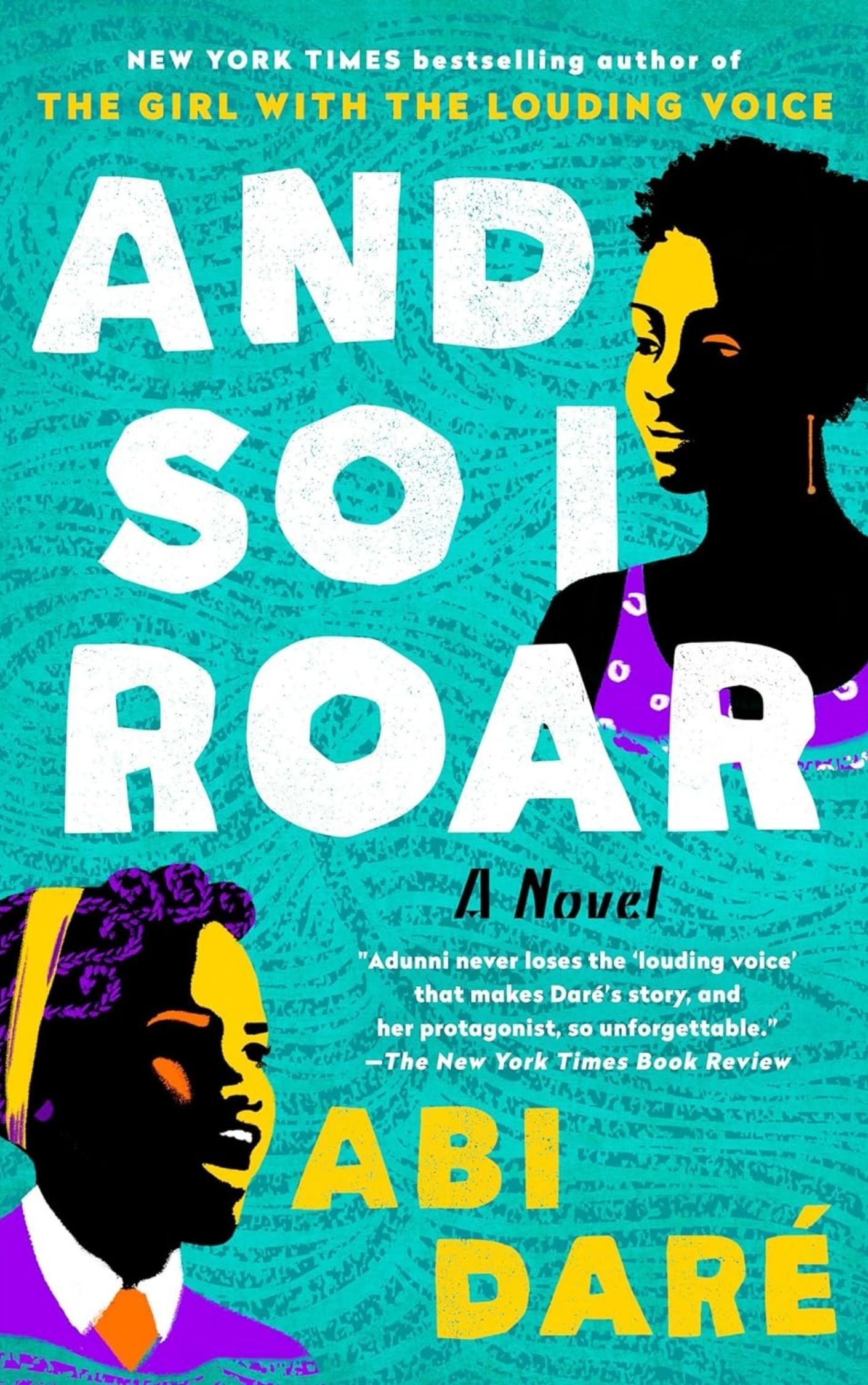

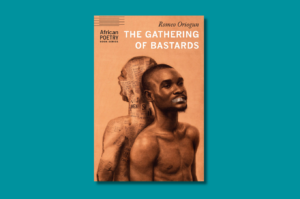
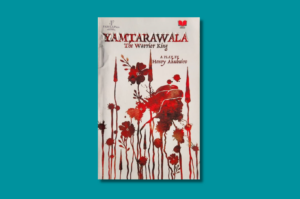
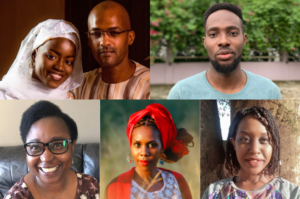
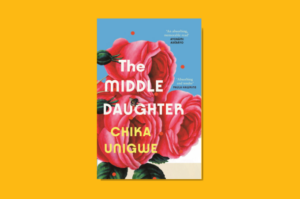

COMMENTS -
Reader Interactions